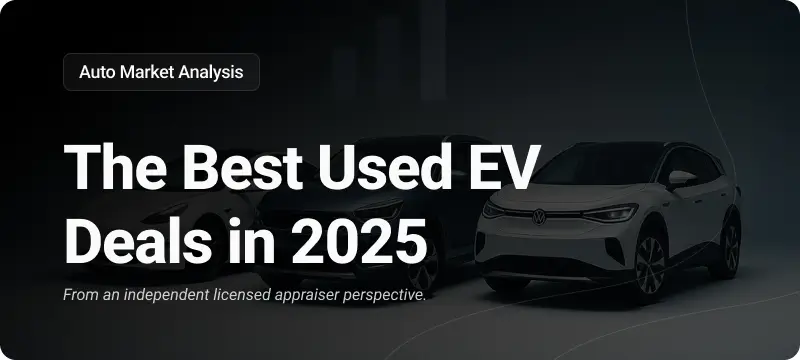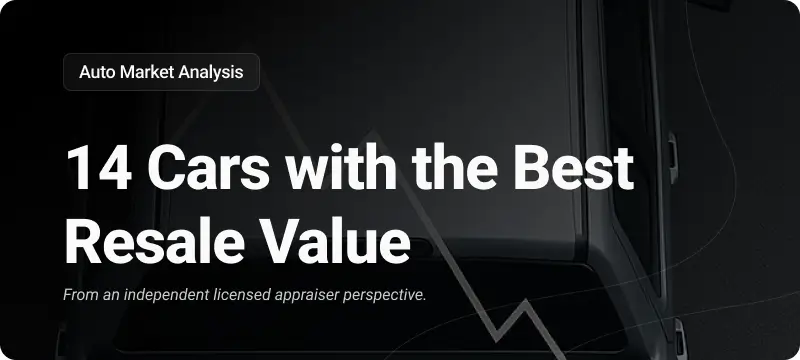Once upon a time, in the not-too-distant past, the electric vehicle (EV) industry was buzzing with excitement.
Startups were popping up like wildflowers after a spring rain, each promising to revolutionize how we drive. But as the seasons changed, so did the climate of consumer demand.
With the cost of borrowing money rising and the price of maintaining these futuristic machines climbing, these pioneers faced a new challenge: surviving in a world that wasn’t quite ready to embrace them as expected.

How EV Startups Are Surviving Weak Demand (PDF)
The Shift to More Affordable Options
The first strategy many EV startups are deploying is quite straightforward: if the mountain won’t come to Muhammad, Muhammad must go to the mountain.
In this spirit, companies are designing cheaper models that can appeal to a broader audience. The idea is to make electric vehicles accessible, not just exclusive badges of honor for the environmentally conscious.
This approach isn’t about cutting corners; it’s about crafting an affordable dream that many more can reach.
Slowing Down to Speed Up
Growth is the dream of any startup. Yet, in these times of financial drought, some EV companies are choosing to slam the brakes on their production ramp-up plans.
This cautious approach allows them to minimize costs and avoid overextending themselves in a market that’s currently less receptive.
It’s a strategic retreat, with eyes firmly set on a more sustainable charge forward when the market conditions improve.
Streamlining Operations
In response to the tightening belt of demand, layoffs have unfortunately become a part of the landscape. It’s a harsh reality, but reducing the workforce is often a quick way to decrease operational costs.
Beyond this, startups are also getting creative with cost reduction, renegotiating supply contracts, and even taking some manufacturing processes in-house to save on expenses.
This leaner approach to operation is about doing more with less, ensuring that the company can weather the storm and emerge ready for growth.
Fostering Innovation and Strategic Partnerships
Innovation is the heart of the EV industry, and even in tough times, the pulse of creativity beats strong. Startups are not just focusing on making cheaper cars; they’re reimagining what an electric vehicle can be. From introducing lower-range options to designing new models that promise to shake up the market, these companies are refusing to stand still.
Strategic partnerships are also becoming a lifeline. By aligning with larger, more established companies, EV startups can access new resources, from manufacturing support to financial investments, helping them to stabilize and scale their operations more effectively.
Conclusion
The road for EV startups, in the face of weak demand, is undeniably challenging. Yet, it’s through adversity that the strength of innovation and the resilience of vision are tested.
By pivoting towards more affordable models, slowing down expansion to manage resources better, streamlining operations, and fostering innovation alongside strategic partnerships, these companies are not just surviving; they’re preparing to thrive in the next chapter of the electric vehicle revolution.
In this journey of adaptation and perseverance, one question remains: will these strategies be enough to turn the tide of demand in their favor?





